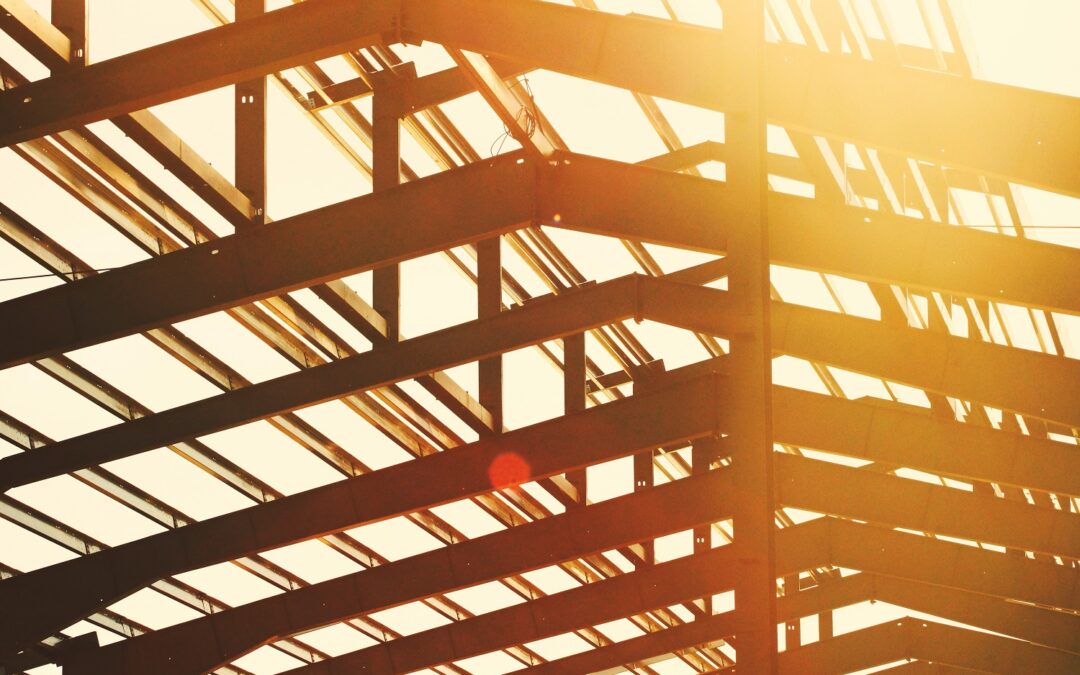It won’t be long before we say goodbye to the traditional bricks and switch to the aesthetically versatile, flexible, and exceptionally strong metal – STEEL!
From The Eiffel Tower in Paris to The Burj Khalifa in Dubai, steel buildings never fail to astound you. They symbolize development, progress, and innovation. The more tall buildings in the city, the better developed it is.
The majority of people are shifting from traditional concrete to steel buildings as they are highly durable, high strength, have a long lifespan, and are recyclable. If you have a feeling you might switch to steel construction, make sure to connect with Murray Steel buildings based in Scotland, one of the leading steel building providers in the UK.
Why Steel?
There are a lot of reasons why steel has earned the favor of many constructors, architects, and builders, especially when it comes to steel buildings in North Dakota.. Some of the reasons are that it is highly durable, ductile, weighs less, less maintenance, etc.
Steel is a highly ductile metal that can be molded, cut, and bent according to the architecture’s will. If you’ve looked closely, there were very few traditional buildings displaying awestrucking designs. Whereas the introduction of steel in the architectural sector has increased the number of mesmerizing structures to such an extent that it’s difficult to keep count.
It’s not that this generation is born with stunning ideas; it’s just that the people before the introduction of steel also had ideas, but they only had the option to display them on paper since the traditional construction materials weren’t flexible enough to try out those ideas.
Steel has given a new eye and a new hand to the architecture world. Eyes to see better steel structures and hands to draw ideas beyond imagination.
Benefits of using steel in architecture
The popularity of steel in buildings has increased with modernization. The traditional stone and wood posed limits to the imagination height of builders, while steel, on the other hand, gave wings to reach new heights.
Starting as an experimental endeavor, architects in the 19th century tried to use steel in the construction of buildings, which turned out great, and now steel buildings stand out as prominent structures.
There are many benefits of Steel. Let us know some of them below:
Steel’s versatility in design
One of the reasons why steel is the first choice of architects is its versatility. Its ability to bend, cut, and mold is what makes it stand out among other construction materials.
There was a time when architects had to limit their imagination because of the lack of versatility in traditional construction materials. After the evolution of steel’s involvement in building construction, there is no limit to the imagination. Take, for instance, the Spiral-like form of Burj Khalifa, and it wouldn’t have been possible without steel.
Steel is sustainable
Apart from being aesthetic, steel is highly sustainable. It can be recycled without losing its strength or quality. It is also an energy-efficient metal because of its high thermal conductivity, helping to regulate temperature. It is very suitable for buildings that require heating or cooling.
While wood requires to be cut down from trees and bricks need to be made out of mud, both impact the natural environment, steel emerges as the sustainable resource that does not need the involvement of trees, mud, or water.
Durability and Strength
Steel is known to have a high strength-to-weight ratio and amazing load-bearing capabilities. Unlike wooden buildings, steel buildings can withstand intense storms, earthquakes, or hurricanes, which makes them an excellent construction material for people who want to reside beside the shore or close to the sea.
Steel has less maintenance cost as compared to other traditional building materials, making it economically cheap in the long run.
Designing with Steel
Steel is versatile, a reason why architects and constructors love it. It can be bent, cut, or designed as you want, provided that you have the right set of knowledge to carry out the task.
From simple beams and cuts to complex designs, its flexibility aids you in creating a piece of art in the form of a building. Where the architects were only able to draw their imagination on paper, steel made it possible to display our imagination in the real world.
The Role of Steel in Shaping Modern Architecture
The future demands sustainability, versatility, and excellence. Steel and modern architecture go hand in hand.
Not only is steel a sustainable approach in the development of architecture, but it is also cost-effective, reliable, and ductile, making it easy to mold as per the architect’s imagination.
We live in a world where steel buildings are the definition of innovation and development. The harmony of science and art, engineering and aesthetics, when merged in the construction of a building, will prove to be a breathtaking view for generations to come.
So when the sustainable and versatile steel is put to proper use, with the right set of people supervising the construction, weight can be presented with something as great as the Burj Khalifa or the Eiffel Tower.
Not only does that bring up a touch of modernization and beauty to the place, but it also ensures economic stability. With the resources being scarce and nature being trampled on, if we make use of steel in the construction of buildings, it’ll ensure a sustainable environment with the least disturbance to nature.
Conclusion
The 21st century has brought about stunning ideas of architecture, some of which are already standing strong, mocking people who say buildings can only be constructed with traditional construction materials.
To conclude, steel is the best possible construction material that can be used in the construction of buildings, keeping in mind its cost-effectiveness and sustainability.
With the advancements in technology and manufacturing processes, steel is yet to make its mark in the world of architecture.

Recent Comments